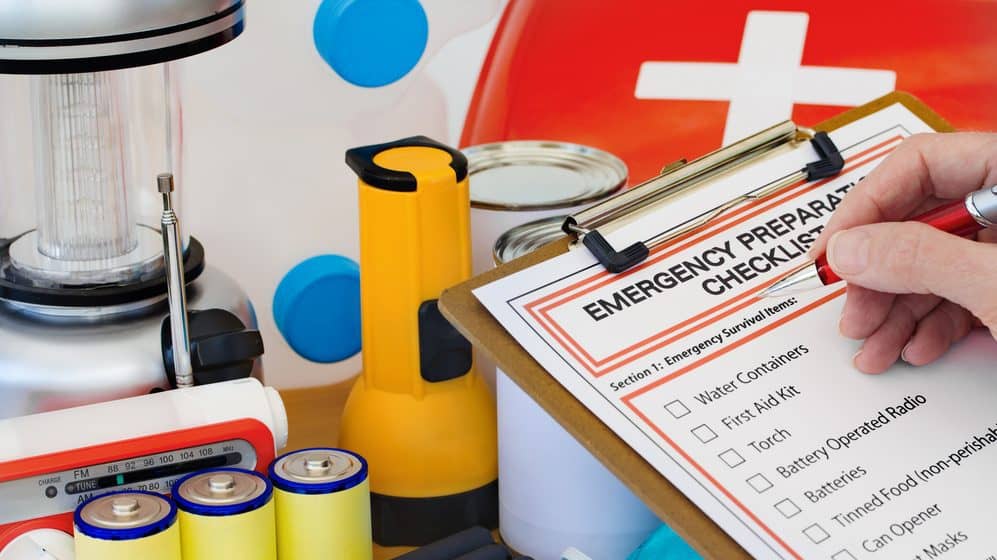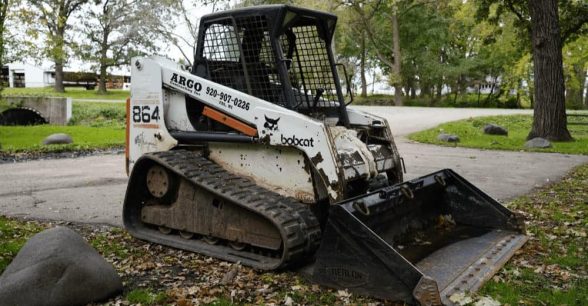Why Involving Disabled People in Disaster Planning Saves Lives
During Hurricane Harvey in August, a striking image went viral: Nursing home residents sitting in waist deep floodwaters, surrounded by floating debris, an angry cat in the background. The Harvey flooding victims (and the cat) were rescued, but scarcely a week later, eight elders died in a Florida nursing home in the aftermath of Hurricane Irma because a power failure cut off air conditioning, while in Puerto Rico, electricity interruptions are preventing access to dialysis.
With every hurricane comes a load of stories about nursing home residents, both elderly and disabled, as well as disabled people in their communities suffering extreme hardship, and sometimes death, due to inadequate preparedness. It’s even been the subject of lawsuits, such as Disability Rights Advocates’ (DRA) successful suit demanding remedies after Hurricane Irene. Stanford legal historian Rabia Belt’s work focuses on issues like these, and she’s found that disabled people are disproportionately affected by major natural disasters.
We know that natural disasters happen, whether earthquakes and fires in the West, hurricanes in the South, severe storms in the Northeast, or tornadoes in the Midwest. We also know that all communities include disabled people living in institutions, group home settings, and their own private residences. So why are we failing on disaster preparedness for the disability community?
Rebecca Rodgers, a Staff Attorney with DRA legal, tells Rooted In Rights one problem is a failure to understand the difference between individual and institutional disaster preparedness plans. “There are many things that the government does for all citizens in all disasters, and the government needs to provide equal access to people with disabilities with these services.”
She comments that the needs of the disability community are very-well documented. Some of the issues she’s identified in her work include: Evacuation chairs to help people get out of high rises; accessible shelters to ensure that disabled people have somewhere to go; sufficient accessible vehicles for transport; refrigeration for medication; medical supplies, including backup medications; and access to power for medical equipment. These are things disabled people can’t adequately prepare for even with the most meticulous individual planning.
Governments, Rodgers says, “need to be engaging with the disability community” to learn more about their needs and level of disaster preparedness.
This includes proactive outreach and education so disabled people know what to do and where to go in disasters — and that communication needs to be accessible, provided in a variety of formats for people who may be d/Deaf and/or blind. During disasters, it’s especially critical to offer American Sign Language interpretation by a qualified professional interpreter, as well as captioning.
Lisandra Pagán, a disaster consultant, agrees with Rodgers: Disabled people must be involved in disaster planning for it to be effective and inclusive, and disabled disaster specialists in particular have a uniquely overlapping set of knowledge that communities should explore. She also comments about a third option between personal planning and municipal preparedness: Community Emergency Response Teams (CERT). These volunteer teams come from within the community itself, receive special training in disaster response, and critically know the needs of their neighbors so they can react quickly in an emergency. While they cannot replace an official government response, they can supplement it. Nick Sicora, another consultant, notes that CERT members receive training in situational assessment so they can report to authorities, ensuring that sufficient and appropriate resources are deployed on scene.
Meeting the needs of the disability community requires acknowledging that the community exists, and caring about it.
With disabled people often living in the shadows and struggling to be included in society even when communities aren’t in chaos, this presents a challenge. The DRA’s suit, as well as lessons learned in Hurricane Katrina and later in Superstorm Sandy, may be paving the way to a future when disabled people are included in disaster planning from the start, so the community is prepared to respond to their needs as a disaster bears down.
Notably, in Harvey, the city of Houston benefited from Maria Town, an experienced disabled policy expert and advocate. Town leads the Mayor’s Office for People with Disabilities, which has been proactive about outreach and education for the disability community both before and after Harvey.
No one knows the needs of the disability community like another disabled person.
As Texas and Florida recover from their prospective storms, we’re being reminded that the nursing home industry successfully killed a 2006 bill to require generators at nursing homes, ensuring they wouldn’t lose power for cooling systems. Hopefully the legislative aftermath of these devastating storms will be different, and future disaster planning will include recovery, so that disabled people will no longer have to fear their right to community living may be interrupted in the wake of major disasters.
Being better prepared for disasters requires a two-pronged approach. Consulting disabled stakeholders may help states develop more targeted legislation, but individual communities should be including disabled people in their planning moving into the future if they want to respond aptly to future disasters. Dramatic stories of nursing home deaths and inaccessible shelters aren’t as exceptional as they may appear to the nondisabled public, and they’re also fully preventable through coordinated community efforts.
The Right to Be Rescued
About Rooted In Rights
Rooted in Rights exists to amplify the perspectives of the disability community. Blog posts and storyteller videos that we publish and content we re-share on social media do not necessarily reflect the opinions or values of Rooted in Rights nor indicate an endorsement of a program or service by Rooted in Rights. We respect and aim to reflect the diversity of opinions and experiences of the disability community. Rooted in Rights seeks to highlight discussions, not direct them. Learn more about Rooted In Rights




And also generators! We only had 4 when 10 was needed for each group home! This should be reported! They are on a list of hospitals, old folks homes and the sick who needed the power! And the mentally challenged. Thank god for the parents who had the means to pick up their children. I expect this to be erased but I made copies! Is this ok for the people who were ar risk? Think about this please.